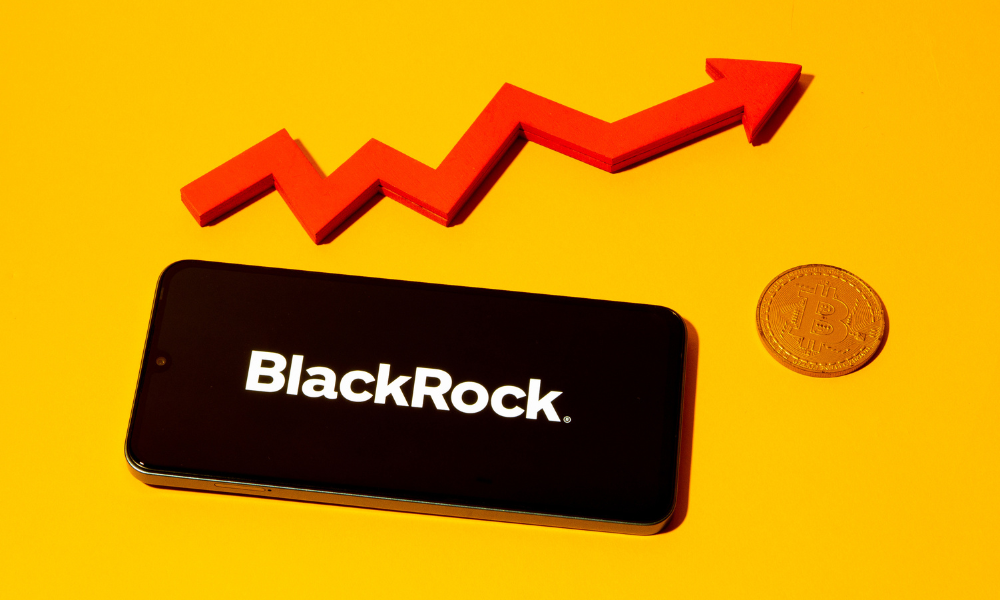Do you rush through your day from one crisis to another, answering as many emails as you can in the gaps between pointless meetings? You are not alone.

When you get home from work, do you spend the evening inhaling coffee to stay awake, catching up on correspondence, preparing presentations for the next day, and getting work done at a time when your body wants to slow down and rest? Many HR managers and executives are stuck in a vicious cycle that is doing more harm than good.
The good news is it’s fixable. All it takes is for you to pay attention to what you do in your day and when.
By identifying the tasks that require the most energy or intensity from you, and those things that also get you a great return on your investment, you can schedule your day according to the best time to do that work.
Here’s how:
Your first 2 hours
Scheduling high-intensity and high-impact work for the first two hours of your day is the first step to truly managing your time.
The first two hours is when we have the greatest levels of alertness and mental capacity, so we need to make the most of it on the most difficult jobs or the things that require great attention.
As an HR manager or executive, then this is the time when you should be doing the following tasks:
- coming up with a project plan or the department’s budget
- solving problems or resolving conflict with others
- putting slide decks together for an important presentation
- devising new policies or procedures.
Contrary to our usual habits, this is not the time to be responding to email. This chews up our most valuable time. By all means, scan it. But save considered responses to later in the day (more on that soon).
Your second 2 hours
The second two hours is about identifying where you need to put your attention now that the most important things are under control.
Now the most impactful things are out of the way, you have the space to be reactive and respond to your urgent needs, or those of your team or organisation.
This is when you have space in your diary for other people to book your time.
The tasks you’re responding to might be high-impact for them (and possibly you too), but are not as high on your priority list, such as:
- attending team meetings
- conducting interviews
- dealing with urgent matters
- putting out spot fires.
You may also get away carry over work from the first two hours and a quick email scan – go on, you know you want to.
Your third 2 hours
Now is a great time to do the things you’ve been putting off for ages. Our attention is low, but our ability to repeat tasks is high, so think filing, organising or anything that you’d consider ‘boring’. Just because things are routine or mundane doesn’t make them unimportant.
It’s a good time to do things like:
- responding to email – hooray!
- reading books, articles or job applications
- managing meeting and interview requests
- filing and shredding (yes even this has an important place).
It is also time to take a break, go for a walk and reset – it might be hard, but you deserve it and it will help set you up for the next two hours.
Your fourth 2 hours
This is usually the time when people have a heart attack because they realise they’ve been answering emails all day long and haven’t actually got around to any valuable work.
Instead, it’s where you review what you completed today, and set up for tomorrow, which means planning, not necessarily doing, what needs to be done.
You might also experience a ‘second wind’, when you feel a little more energetic and have the capacity to push through. If we’re lucky, we end our day with a bang!
So spend it:
- tidying up loose ends
- scanning your email
- creating a to-do list for tomorrow
- acknowledging where you’re at so you can sign off the day.
By being aware of our bad habits, and beginning to mitigate them using the above, you give yourself the best opportunity to maximise not just the first two hours of the day, but all hours.
Just try and see.
Donna McGeorge is a speaker, author and mentor who helps people make their work work. Using a creative, practical approach, she improves workplace effectiveness while challenging thinking on leadership, productivity and virtual work. ‘The First 2 Hours: Make better Use of Your Most Valuable Time’ is published by John Wiley.
www.donnamcgeorge.com



